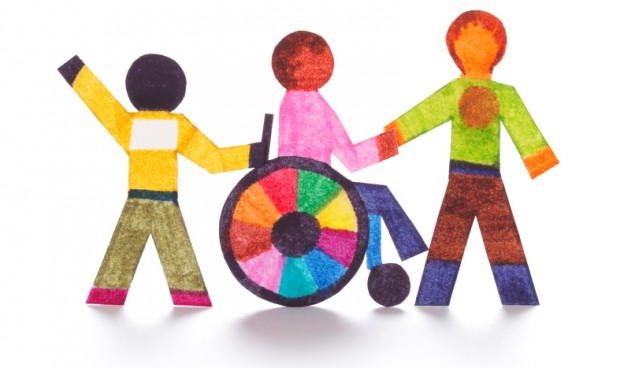
11 Different Definitions of Inclusion:The Good, The Bad and The Ugly
Inclusive education is still not widely practiced in schools across the United States. As a result, only the lucky few have seen what inclusion really is. Those that haven’t, are generally left to sift through myths, misunderstandings and the occasional truth. Therefore, there is quite a bit of confusion as to the real meaning of an inclusive environment. The following is a run-down of the different definitions of inclusion (the good, the bad and the ugly) that I have heard over the years:The Good
Let’s start with the good. In other words, let’s begin by stating what inclusion really is. By knowing what it is, then we can easily identify what it is not. These are definitions that tell what a truly, inclusive environment is. They are not conjured up or idealistic views of a theory taken from a book. They are an accurate reflection of what inclusive education is: 1. Children, regardless of ability, are taught in general education classrooms with same- age peers. 2. Inclusion allows all students equal access to the curriculum through differentiated, adapted and/or modified lessons. 3. The majority of learning needs are met in the classroom where support services are brought to the child. 4. Children of all abilities are included in all activities throughout the school, such as class activities, recess, lunchtime, assemblies and field trips.The Bad
Now, let’s move on to some definitions of inclusive education that aren’t so good. If they describe a situation that you know of or are in, be aware that it can be better. Perhaps a resource such as Cheryl Jorgensen’s book, The Inclusion Facilitator’s Guide , or Paula Kluth’s, Don’t We Already Do Inclusion?, will help shed new light on ways in which your school’s activities and/or events can be more inclusive. These definitions have some elements of what inclusion truly is, but still miss the mark. 5. Students are included in the general education classroom for only part of the day and then go to a self-contained room for the rest of the day to receive different lessons. 6. Only mild to moderate students are included in the general education classroom while students with severe needs receive their education in a self-contained special education classroom. 7. Students with special needs are included in activities that can easily accommodate the child. For example, the child has to fit the activity; the activity does not have to fit the child.The Ugly
Finally, here are some definitions of inclusive education that are just wrong! The following descriptions are of an environment where students are not naturally included to the best of his or her ability. Instead, these are definitions that describe inclusion as more of a place or program where a concentrated effort is given to including students with special needs. School clubs such as a Lunch Buddy Club (a time when a typically developing student is paired up to eat lunch with a special needs student in a designated lunch area), while have good intentions, only perpetuate the “we need to help them” or “we are doing them a favor” attitude. It does not provide a natural inclusive experience such as a lunchtime would where all the students sit together in the same room.8. Inclusion is a program that is delivered by the school and hosted in “inclusion classrooms”. 9. Inclusion is a place in the school where students with special needs can receive some interaction with their typically developing peers. 10. Students with special needs are included in enrichment activities only such as Music, Physical Education and Art. 11. Students with special needs are considered included when they are “mainstreamed” into classrooms. This means a student with special needs must be able to keep up the with grade-level work of the other students without any extra support.
Use this information and more about inclusive education by checking out www.theinclusiveclass.com so you can easily identify a situation that is authentically inclusive!


